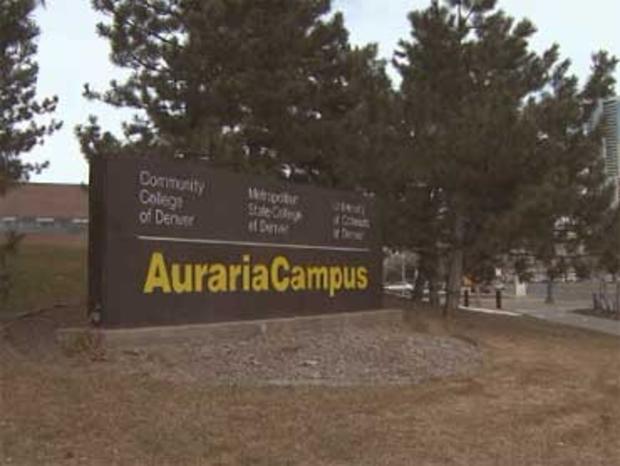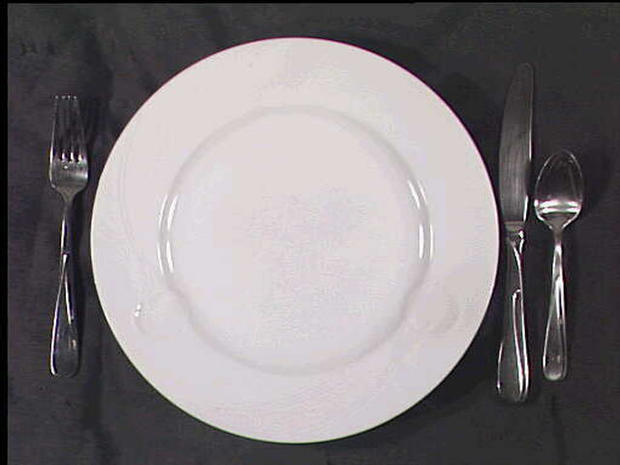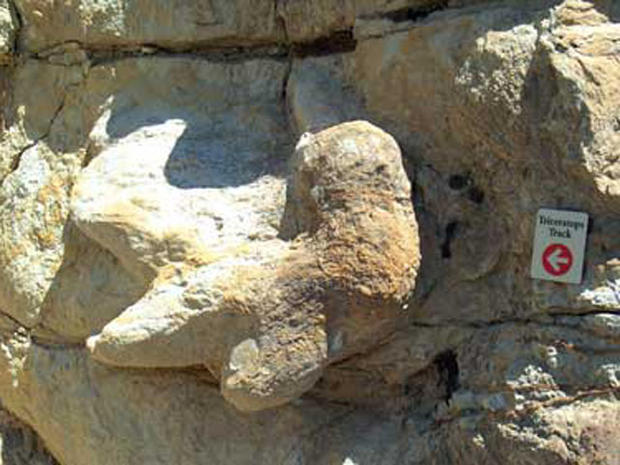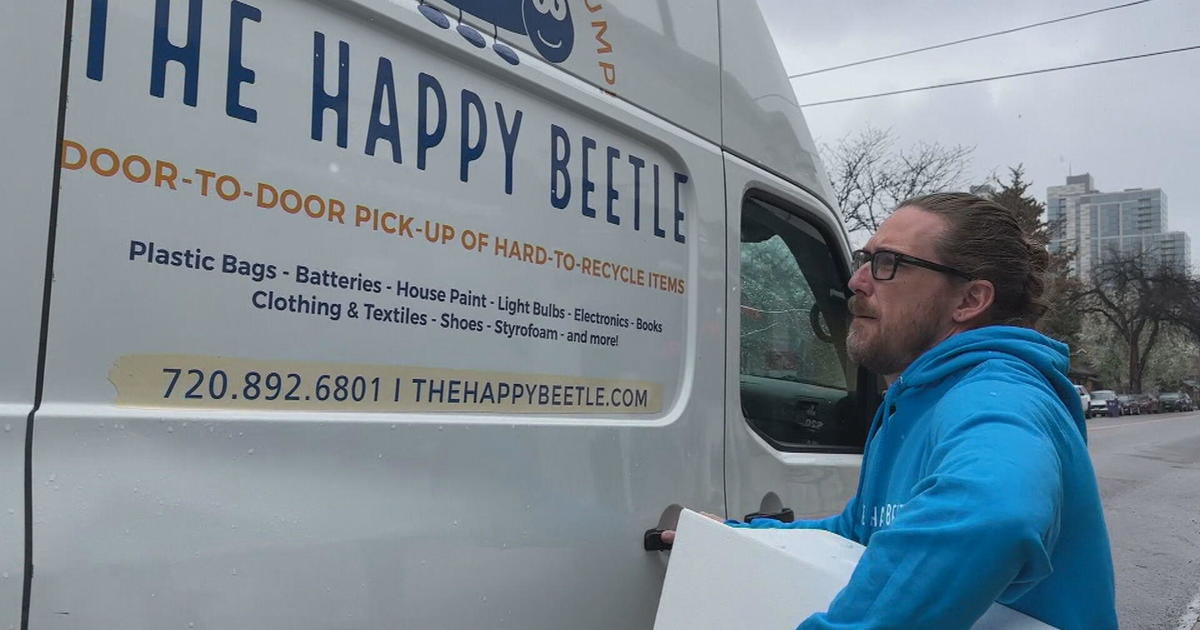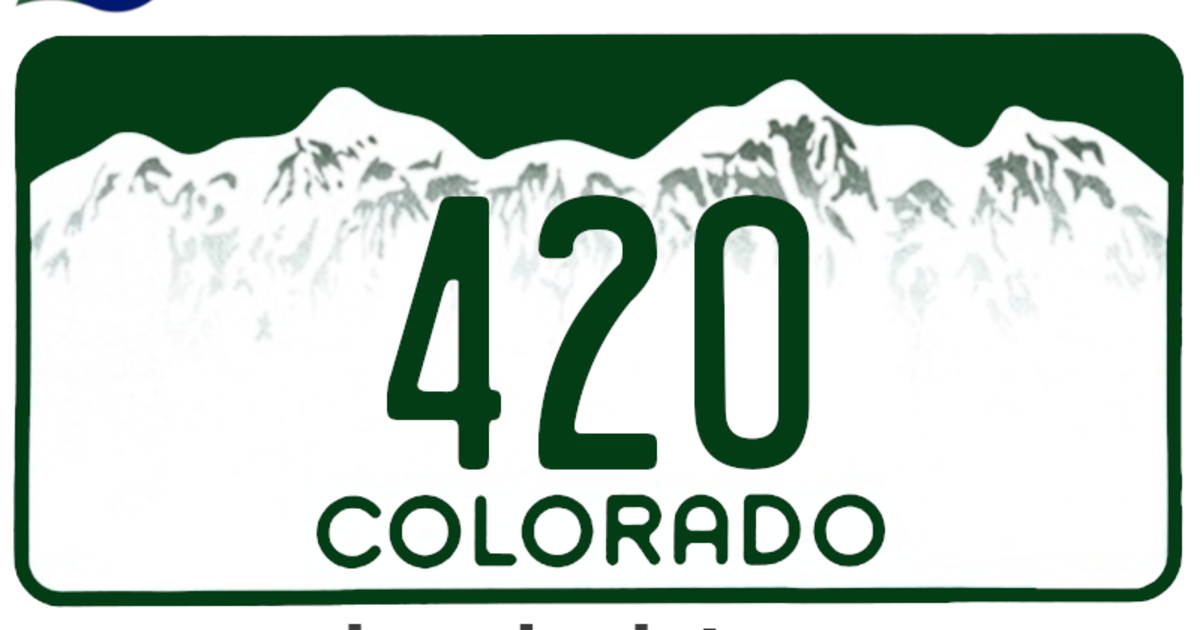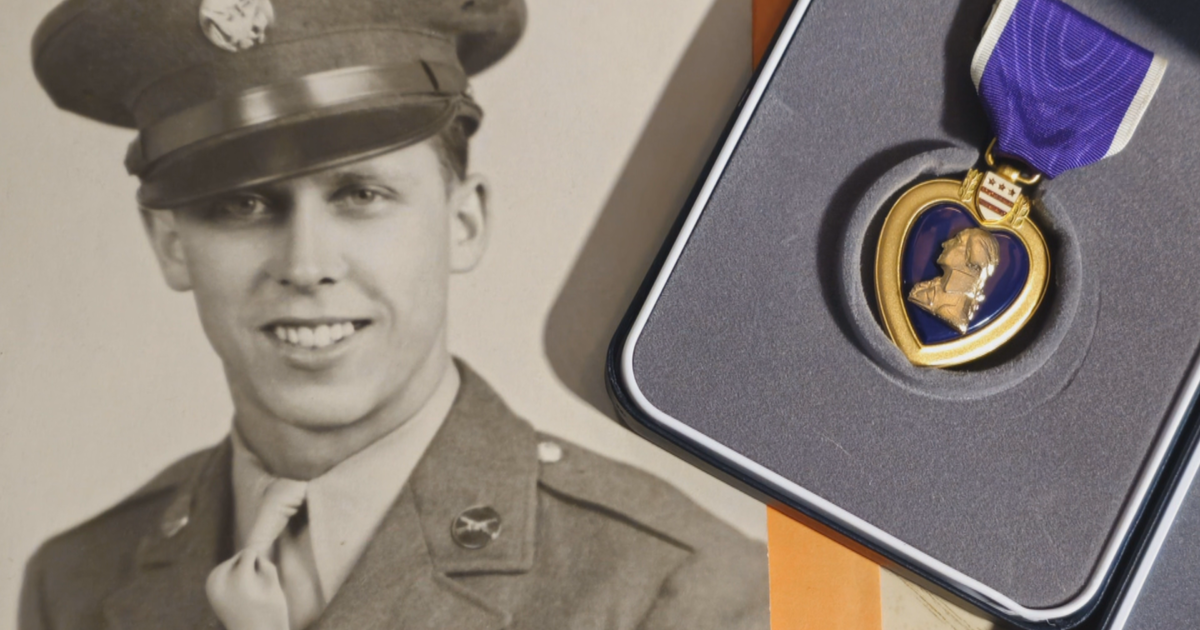Top Historical Sites In Denver
Denver Union Station
1701 Wynkoop Street
Denver, CO 80202
denverunionstation.org
You can walk into nearly any local Denver café or restaurant and find a framed, black and white photograph of the old welcome arch, or "Mizpah", leading to the historic railway Union Station. Located at 17th and Wynkoop, in the "LoDo" (Lower Downtown) neighborhood of Downtown Denver, the Denver Union Station is a transportation hub for major Amtrak train routes, including local bus stops, light rail connections, as well as traveling pedi-cabs and notable pedestrian walkways. Its design has been in the hands of many throughout its evolution of construction and rebuilding since the late 1800s, and its bold arches, reminiscent clock tower and spatial lay-out of Romanesque and Beaux-Arts architecture style, transports you back to the height of Denver in the 1920s and 30s. The best time to visit is during the holidays, as it's a main awe for the downtown tour of holiday light displays. And it will be an important site to follow in the near future with its current construction project to cover 19.5 acres of what will be gardens and complexes, expanded commuter rail lines, canopies and platforms, all for greater multimodal transportation, which will likely earn national recognition.
Auraria Campus
900 Auraria Parkway
Denver, CO 80204
(303) 556-2755
ahec.edu
'Auraria' has seen so much prosperity and discovery, from the some 45,000 fortune seekers during the 1858 gold rush along the South Platte and Cherry Creek river, to today's over 40,000 bright eyed students of three colleges that make up the thriving Auraria Campus. The gold rush roots lent the name for the campus, with Auraria deriving from the Latin word for gold. Between Colfax Avenue and Auraria Parkway, winding along the Platte River and Speer Boulevard, the 126 acres of campus houses the Community College of Denver, Metropolitan State College of Denver and the University of Colorado Denver. The three institutions were established in 1977, just a year after campus opening, and were at first separated by roads that still exist as part of Downtown Denver's map, such as Lawrence and Larimer streets. Students running across the roads from class to class earned the mascot name for Metro State's "Road Runners".
Even more, you can visit seven historical buildings on the campus grounds that represent Denver life at the turn of the 19th century. Ninth Street Historic Park may be the most recognizable site, with a grass covered street of 13 Victorian cottages, now used as campus offices. The St. Francis Conference Center is an elegant, statue and chandelier-lined addition to the 1878 German -Gothic cathedral, St. Elizabeth's Church. The Golda Meir House is a memory of former Israeli Prime Minister, Golda Meir, who came to Denver for her education. St. Cajetan's Center stands with tall, adobe colored arches, as a Spanish colonial Catholic church built in 1925. The Tivoli tower competes with continuously rising school buildings, as part of the Tivoli Student Union, a large mall-like center that has encompassed a brewery, opera house, the Starz Film Center, and is now mostly student unions. The Emmanuel Gallery, an easy-to-miss, quaint stone chapel, is noted as the oldest church building in Denver, dating back to 1876.
My Brother's Bar
2376 15th Street
Denver, CO 80202
(303) 455-9991
Jack Kerouac once wrote, "I hope it is true that a man can die and yet not only live in others but give them life, and not only life, but that great consciousness of life." You might humble the spirit of Kerouac by remembering him at My Brother's Bar, at 15th and Platte in Denver, where the beatnik writer, including Denverite and fellow beatnik pal Neal Cassady, would commonly frequent around the 1940s. Denver was home for Cassady, and a long stop for Kerouac during the 'On the Road' trek from New York to San Francisco. Then, the hangout was called "Paul's Place" a brick building originally erected in the late 1800s—one of Denver's oldest standing bars. But you won't see either name posted outside the establishment, as it maintains its charm and cool with neighborhood know. Newspaper clippings and letters written by and about the men are posted proudly along the old, wood walls. Take a buddy or take a book and ruminate on Kerouac's adventures while eating good ol' burgers and frosty mugs of beer.
Black American West Museum
3091 California St.
Denver, CO 80205
(720) 242-7428
blackamericanwestmuseum.com
When most folks think about 19th century settlers to the West, they might think of John Wayne movies, Buffalo Bill and his traveling Wild West shows, or pioneers panning or mining for gold within the mountains or along foothill creeks. Typically the people that come to mind are those of a vast hodge-podge of European descent. Or if your thoughts stretched further, you'd imagine the various indigenous Native American tribes strewn across the plains and peaks of the West. What few people might know and what the Black American West Museum is striving to educate, is there were many African-Americans who played a major role in the development in Colorado and the West. Paul W. Stewart opened the museum doors in 1971, after a life-long search for the "Black cowboy". And artifacts, articles, clothing, letters and stories he did find, with over a thousand pieces of memorabilia telling the stories of the miners, soldiers, homesteaders, ranchers, blacksmiths, school teachers, lawmen, and many others who helped shape Colorado. Touring the museum, you'll learn about the buffalo soldiers of the military units, to name a few, and of Dr. Justina Ford, Colorado's first African-American female doctor, whose house is the home for the museum.
Dinosaur Ridge
16831 W. Alameda Pkwy
Morrison, CO 80465
(303) 697-3466
dinoridge.org
If you're tracing the trails of history in Denver, why not go all the way to 100 million years ago? And you don't have to be a historian, anthropologist, archeologist or any of the like to be able to see it. You just drive 14 miles west of Downtown Denver towards Red Rocks Park, to view over 300 dinosaur tracks, bones and fossils at Morrison's Dinosaur Ridge. You'll see dinosaur tracks that have trekked right along the unearthed boulders, including many plant and animal life fossils within the rocks collected separately, displayed at the indoor exhibit. Dinosaur bones were first discovered at the site in 1877 by a Colorado School of Mines Professor, Arthur Lakes. He found hundreds after, which soon led to the naming of Colorado's state fossil, Stegosaurus. And amazing discoveries are still happening today, when in 2005, Stegosaurus tracks were found as a happenstance upon the removal of boulders to the Morrison Natural History Museum to make room for a guard rail. You're welcome to book a guided tour, or hike along as a self-guided journey.
Littleton Museum
6028 S. Gallup St.
Littleton, CO 80120
(303) 795-3950
littletongov.org/museum
About 100 years before Metro Denver was an eager city of high rises, jogging parks, breweries, nightclubs, patio bars and shopping malls, it was a spread along the plains sprinkled with town grocers, school houses, butcher shops, pioneer cabins, industrious railways, post offices, and important farms. An image of this, in visual and even living history, is perfectly exemplified by south Denver's Littleton Museum, off of Littleton Boulevard, west of Broadway. Inside the museum you'll find photos and artifacts from local heroes and events, maps showing the development and layout of the city, and rotating featured exhibitions. But the bigger impact is in touring the outside grounds of original and replica 1860s structures and varieties of friendly livestock.
You'll find a volunteer dressed as a school teacher reading stories to children visitors inside Littleton's first school house, another actor doing work in the blacksmith barn. Women in bonnets harvesting the gardens, showing early sustainability. And perhaps the most amusing part of the tour, visiting the friendly sheep, horses, cows and peacocks, who are also there to represent the 19th century Littleton farm life. Be sure to enjoy the peace you can experience there as well, sitting at a quiet bench under one of the many trees, or at the gazebo on the lake.
- Sarah Carpenter lives in Littleton, where she was born and raised. She spent a decade in Downtown Denver, and its surrounding neighborhoods, going to school for writing, working in the service industry, and getting to know Denver's diverse culture. She has a passion for travel writing, local and afar, focusing the story on its people, culture and region.

